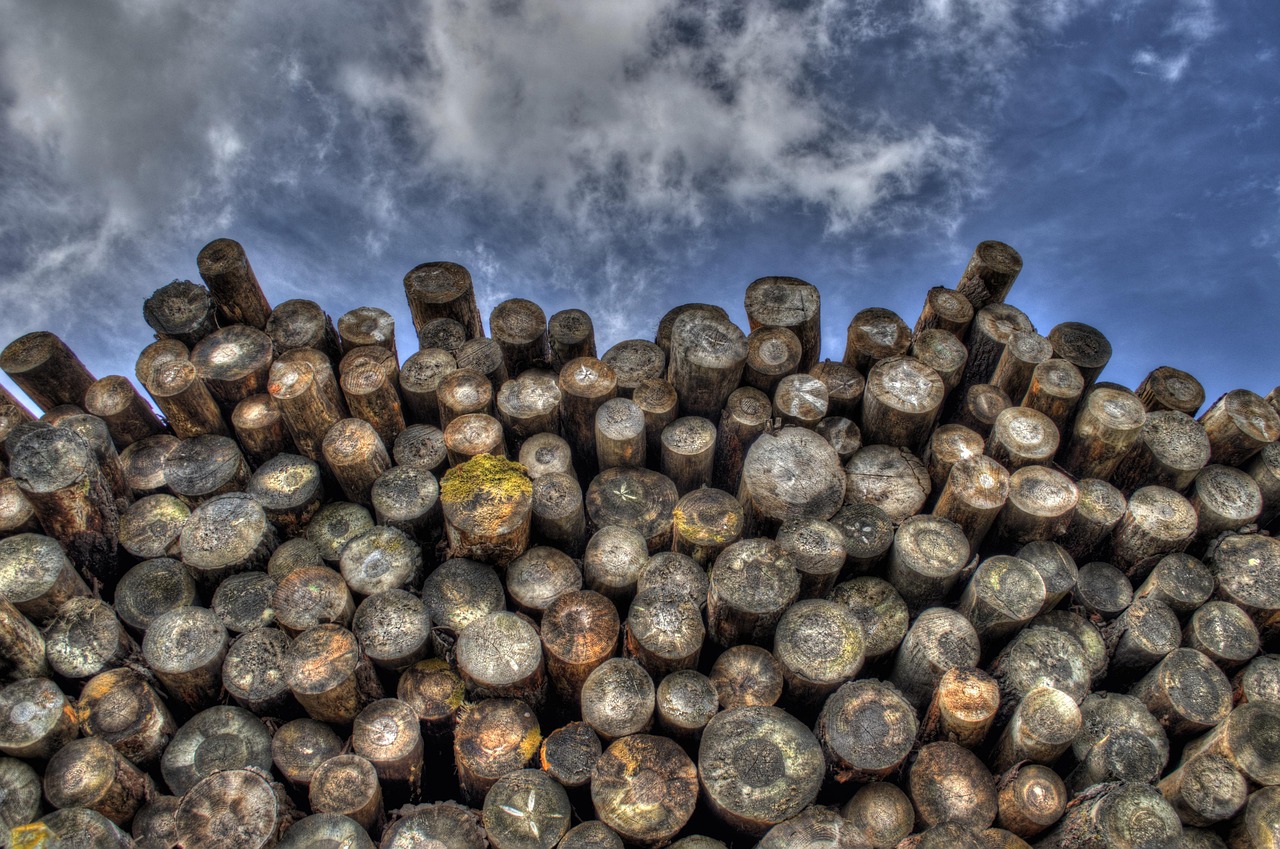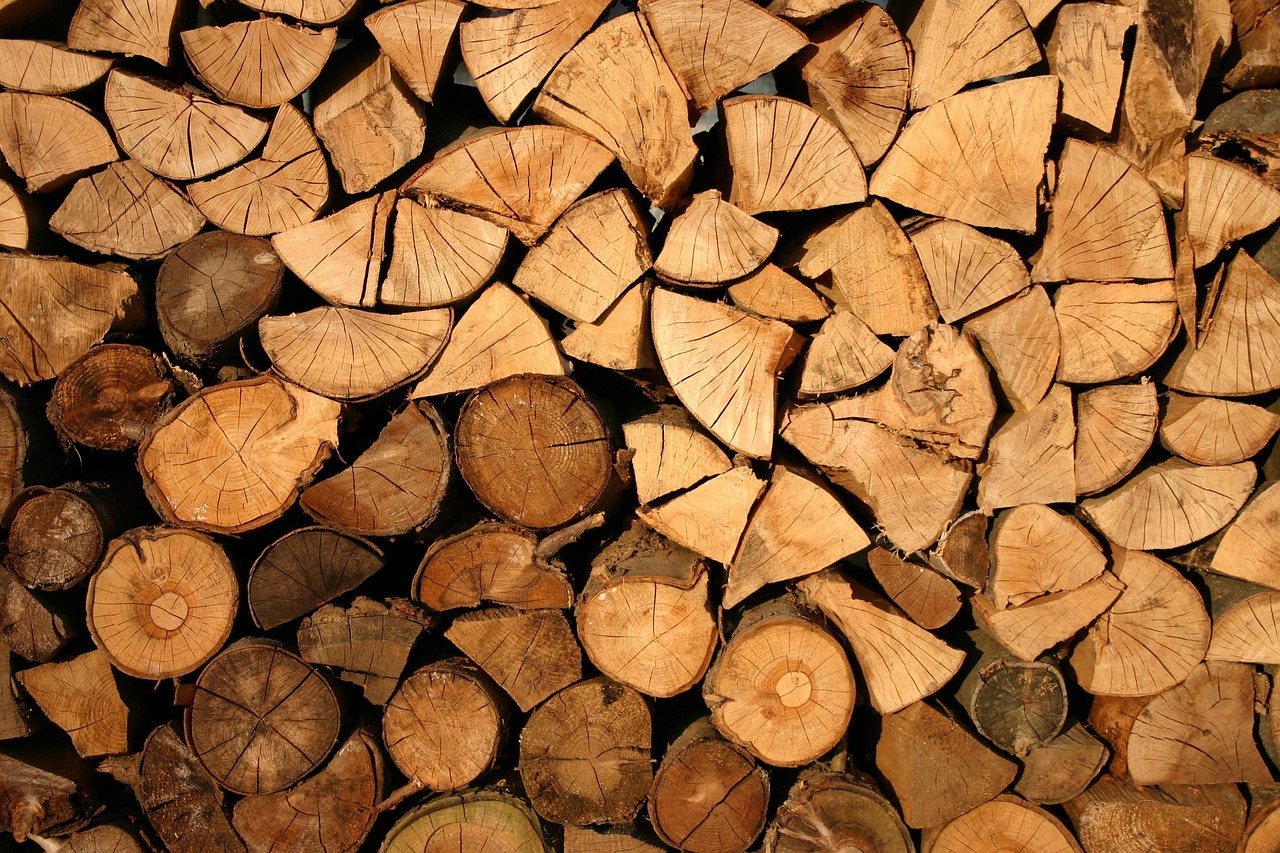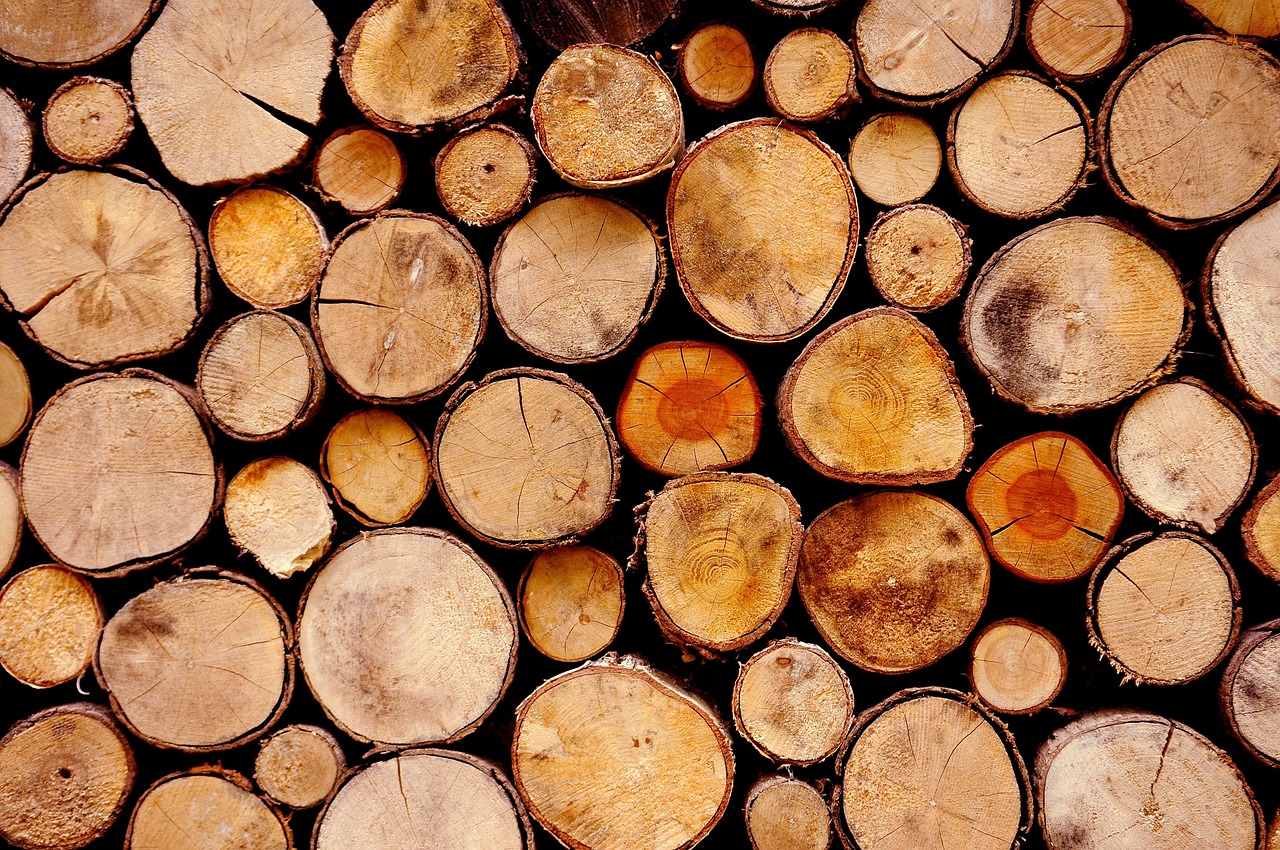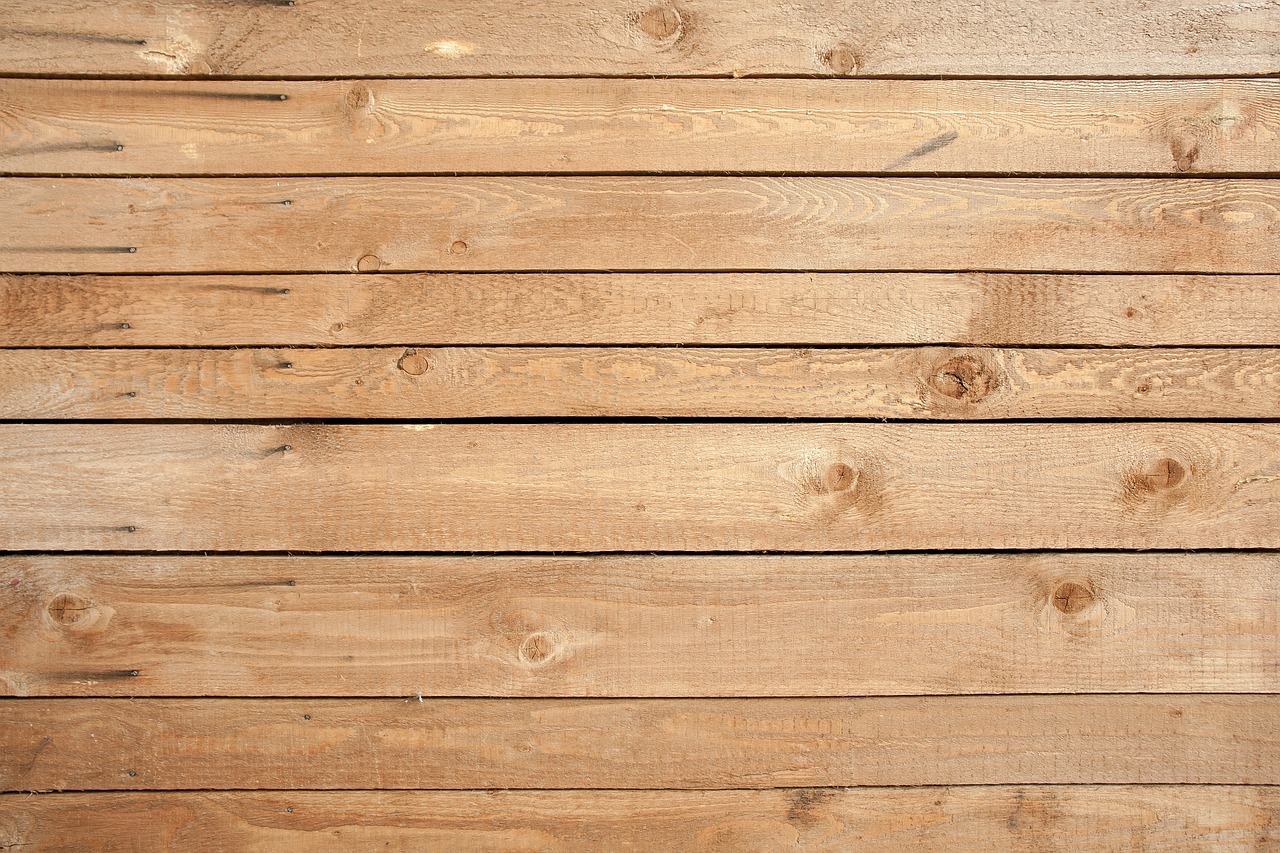Loblolly pine is generally considered good quality lumber due to its strength, versatility, and availability. It is widely used in construction, furniture, and cabinetry, making it a popular choice among builders and woodworkers.
Understanding Loblolly Pine

Loblolly pine (Pinus taeda) is a species native to the southeastern United States. It thrives in warm climates and is commonly found in forests from Texas to Virginia. This tree is known for its fast growth rate, reaching heights of up to 100 feet. Its ability to adapt to various soil types makes it a prevalent choice for reforestation and timber production.
One of the defining characteristics of loblolly pine is its straight trunk, which produces long, sturdy boards that are ideal for a range of applications. The wood has a fine to medium texture, with a light yellowish-brown color that can darken with age. These features contribute to its aesthetic appeal and functional qualities.
Physical Properties of Loblolly Pine
The physical properties of loblolly pine significantly influence its quality as lumber. These properties include density, strength, and durability, which are essential for determining how well the wood performs in various applications. Below are some key physical properties of loblolly pine:
| Property | Value |
|---|---|
| Density | 25-35 lbs/ft³ (400-560 kg/m³) |
| Modulus of Elasticity | 1.5-2.0 million psi (10-14 GPa) |
| Compressive Strength | 5,800 psi (40 MPa) |
| Tensile Strength | 7,400 psi (51 MPa) |
These properties indicate that loblolly pine is strong enough for structural applications, while also being lightweight enough for easier handling. Its resistance to warping and splitting further enhances its desirability.
Uses of Loblolly Pine
Loblolly pine has a wide variety of uses, making it an important species in the lumber industry. Here are some common applications:
- Construction: Used for framing, flooring, and roofing.
- Furniture: Ideal for making tables, chairs, and cabinets.
- Plywood: A primary source for softwood plywood panels.
- Pulpwood: Often used in paper production due to its fibrous nature.
The versatility of loblolly pine allows it to be utilized in both residential and commercial projects. Its affordability compared to hardwoods makes it an attractive option for builders looking to balance quality and cost.
Environmental Considerations
Sustainable forestry practices have made loblolly pine a popular choice in reforestation efforts. Its rapid growth helps restore ecosystems while providing valuable timber resources. However, it is essential to manage these forests responsibly to ensure long-term health and productivity.
The environmental impact of harvesting loblolly pine can be minimized through practices such as selective logging and replanting. This approach not only supports the timber industry but also helps maintain biodiversity in forest ecosystems.
Assessing the Quality of Loblolly Pine Lumber
When evaluating the quality of loblolly pine lumber, several factors come into play. These include the wood’s appearance, mechanical properties, and resistance to decay. Understanding these characteristics can help buyers make informed decisions when selecting lumber for their projects.
Visual Characteristics
The visual appeal of loblolly pine can significantly impact its desirability. Factors such as grain pattern, color, and the presence of knots should be considered. Here are some visual characteristics to assess:
- Grain Pattern: Loblolly pine typically exhibits a straight grain with occasional wavy patterns. This is often preferred for aesthetic applications.
- Color: The wood varies from pale yellow to light brown. Color consistency is often sought after in furniture and cabinetry.
- Knots: While small knots can add character to the wood, larger knots may weaken structural integrity. Minimal knots are generally preferred.
Inspecting these visual attributes can help determine the suitability of loblolly pine for specific uses, especially in visible applications like furniture and interior finishes.
Mechanical Properties
The mechanical properties of loblolly pine are critical for its performance in construction and other applications. Key properties include strength, stiffness, and hardness. Below are a few important mechanical characteristics:
| Property | Value |
|---|---|
| Bending Strength | 6,800 psi (46.9 MPa) |
| Shear Strength | 1,200 psi (8.3 MPa) |
| Janka Hardness | 690 lbf (3,070 N) |
This table illustrates that loblolly pine has solid mechanical properties, making it suitable for various structural applications. Its bending strength allows it to bear significant loads, while its shear strength provides stability in frame construction.
Durability and Resistance
Durability is another crucial factor when assessing lumber quality. Loblolly pine is classified as a moderately durable wood. It is important to consider its resistance to decay, insects, and environmental factors. Here are some aspects to consider:
- Decay Resistance: Loblolly pine is susceptible to decay when exposed to moisture. Proper treatment and maintenance are essential for outdoor applications.
- Insect Resistance: The wood is vulnerable to attacks from wood-boring insects unless treated with preservatives.
- Environmental Factors: Exposure to extreme weather conditions can affect the longevity of loblolly pine. It is best used in controlled environments or treated for outdoor use.
Understanding these durability factors can help builders and contractors choose the right applications for loblolly pine and take necessary precautions to extend its lifespan.
Grading Standards for Loblolly Pine
The grading of loblolly pine lumber is essential for ensuring quality and performance. Different grading standards exist, which determine how lumber can be used based on its appearance and structural integrity. The most common grading systems include:

l>
Lumber grades range from Select Structural to No. 2 Common, with higher grades indicating fewer defects and better performance characteristics. Understanding these grades can help consumers select the appropriate lumber for their projects.
Cost-Effectiveness of Loblolly Pine
Cost is a significant factor in lumber selection. Loblolly pine is generally more affordable compared to hardwood alternatives, making it an attractive option for various construction and woodworking projects. Understanding the cost dynamics can help consumers make informed purchasing decisions.
Price Comparison with Other Softwoods
When evaluating the cost of loblolly pine, it is helpful to compare it with other common softwoods. Below are some average price ranges for loblolly pine and its competitors:
| Wood Type | Average Price per Board Foot |
|---|---|
| Loblolly Pine | $2.50 – $3.50 |
| Southern Yellow Pine | $2.00 – $3.00 |
| Douglas Fir | $3.00 – $5.00 |
| Western Red Cedar | $4.00 – $6.00 |
This table illustrates that loblolly pine is competitively priced among other softwoods. Its cost-effectiveness can lead to significant savings, especially on larger projects.
Factors Affecting Lumber Pricing
Several factors influence the price of loblolly pine lumber. Understanding these can help buyers anticipate costs and make better purchasing decisions:
- Market Demand: High demand for lumber can drive prices up, while lower demand may lead to reductions in price.
- Quality and Grade: Higher grades of loblolly pine with fewer defects generally command higher prices.
- Location: Proximity to lumber mills can impact shipping costs, influencing overall pricing.
- Seasonality: Prices may fluctuate seasonally based on harvesting cycles and market trends.
By keeping these factors in mind, buyers can better navigate the lumber market and secure the best prices for loblolly pine.
Applications in Construction and Design

>Loblolly pine’s versatility extends beyond its cost-effectiveness. It is widely used in various construction and design applications. Understanding these applications can help builders and woodworkers identify suitable uses for this type of lumber.
Common Uses in Construction
Loblolly pine is favored in the construction industry for several reasons, including its strength and availability. Some typical applications include:
- Framing: Loblolly pine is often used for structural framing due to its strength-to-weight ratio.
- Siding: Its aesthetic appeal makes it a popular choice for exterior siding in residential homes.
- Decking: With proper treatment, loblolly pine can be used for decking materials that withstand outdoor elements.
- Interior Trim: The wood’s attractive grain and color make it suitable for interior moldings and trims.
These applications showcase the wood’s adaptability for various structural and aesthetic needs within the construction industry.
Furniture and Cabinetry
Loblolly pine is not only used in construction but also plays a significant role in furniture making and cabinetry. Its combination of strength, workability, and appearance makes it an excellent choice for these applications:
- Tables: The wood can be crafted into robust dining and coffee tables that are both functional and visually appealing.
- Chairs: Loblolly pine can be shaped into comfortable and durable seating options.
- Cabinets: Its affordability allows for stylish cabinetry without breaking the bank.
The ability to stain or paint loblolly pine enhances its versatility, allowing it to fit various design aesthetics from rustic to modern.
Maintenance and Care for Loblolly Pine
To ensure the longevity and beauty of loblolly pine products, proper maintenance and care are essential. This wood, while durable, can benefit from regular upkeep to prevent damage from the elements and daily use. Here are some key maintenance tips:
- Sealing: Applying a sealant can protect loblolly pine from moisture damage, particularly in outdoor applications like decking.
- Regular Cleaning: Keeping surfaces clean from dirt and debris will help maintain its appearance and prevent wear.
- Avoiding Excessive Moisture: Protecting the wood from prolonged exposure to water will help prevent decay and warping.
- Repainting or Restaining: Periodically refreshing the finish can enhance its appearance and provide additional protection.
By following these maintenance practices, homeowners and builders can extend the life of loblolly pine products and preserve their aesthetic appeal.
Challenges and Considerations

>While loblolly pine has many advantages, there are also some challenges to consider when using this lumber. Awareness of these potential issues can guide users in making informed choices:
- Susceptibility to Insects: Loblolly pine is prone to infestations from pests such as termites and wood-boring beetles. Using treated lumber or applying insect repellent can mitigate this risk.
- Moisture Sensitivity: As mentioned earlier, this wood can be affected by high moisture levels, leading to swelling or warping. Proper installation and sealing are crucial.
- Variable Quality: The quality of loblolly pine can vary based on growing conditions and processing. Buyers should ensure they purchase from reputable suppliers who adhere to grading standards.
Understanding these challenges allows consumers to take proactive steps to ensure their projects remain sturdy and attractive over time.
Final Thoughts
Loblolly pine stands out as a versatile and cost-effective lumber choice for various applications in construction, furniture making, and cabinetry. With its favorable mechanical properties, aesthetic appeal, and eco-friendly reforestation potential, it offers a compelling option for builders and consumers alike.
The wood’s affordability compared to hardwoods makes it an attractive choice for budget-conscious projects without sacrificing quality. However, being aware of its care requirements and potential challenges ensures that users can maximize its benefits while minimizing drawbacks.
Ultimately, whether you are a builder, furniture maker, or DIY enthusiast, understanding the qualities of loblolly pine will enable you to make informed decisions. By considering factors such as grading standards, maintenance needs, and environmental impacts, you can confidently incorporate this remarkable lumber into your projects for years to come.
